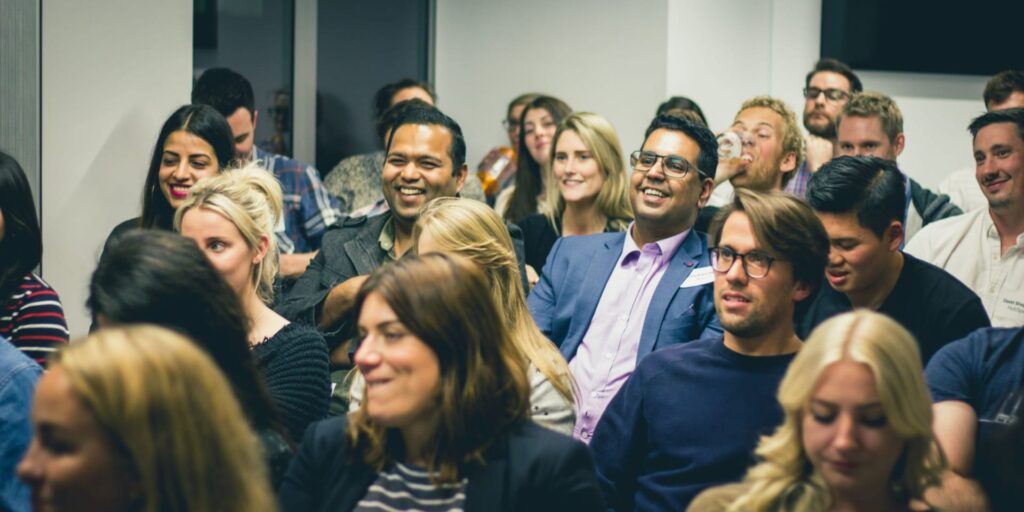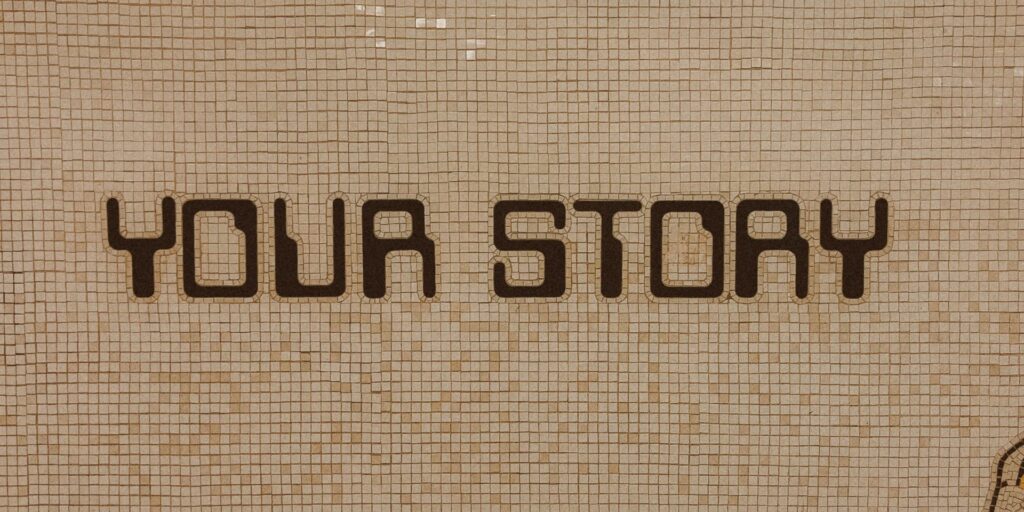Pay Attention to What People Are Already Asking
One of the easiest ways to create content you know will resonate is to ask your audience directly what they want to see. Instead of guessing what topics might be helpful or hoping your ideas land, you're going straight to the source and letting your audience tell you what they're struggling with, what questions they have, and what would be most valuable to them right now.
A lot of creators hesitate to do this because they think it makes them look like they don't know what they're doing or they're worried nobody will respond. But asking your audience what they want shows that you're paying attention to their needs instead of just creating content in a vacuum.
Most people appreciate being asked because it makes them feel heard and involved in what you're building. The key is asking in a way that makes it easy for people to respond and actually using what they tell you instead of just collecting feedback and ignoring it.
Ask Specific Questions Instead of Vague Ones
If you post something like "What do you want to see next?" you'll either get crickets or answers that are too broad to be useful. But if you ask a specific question, people know exactly what you're looking for and they're more likely to give you actionable responses.
Instead of "What content should I make?" ask "What's the biggest challenge you're facing with staying consistent right now?" or "If I made a tutorial, what skill would be most helpful to see?" You're narrowing the focus so people can give you targeted answers that you can actually turn into content.
Specific questions help you understand what your audience is really dealing with instead of getting generic requests that don't move you forward. You're learning about their actual pain points, not just their surface-level interests.
Creators who've asked good questions in meetings, interviews, or conversations throughout your life can apply that same skill here. You know how to ask questions that get useful answers. Just use that instinct with your audience.
Use Polls and Question Stickers
Polls and question stickers on platforms like Instagram Stories make it incredibly easy for people to respond because it takes them about two seconds. You can ask a simple either-or question with a poll, or you can use a question sticker to let people type in their answers.
Maybe you ask "What time of day do you usually create content?" with options for morning, afternoon, or evening. Or you ask "What's one thing you wish someone would explain about content creation?" and let people type their answers. You're making it so low-effort that even people who wouldn't normally comment will participate.
As these responses come in quickly, you get immediate feedback you can use to plan your next few pieces of content. You're not waiting weeks to gather insights. You're getting them in real time.
Create a Post Inviting Questions or Topic Requests
Every once in a while, make a post or video specifically asking people what they want you to cover next. Let them know you're planning your content and you want to make sure you're addressing what actually matters to them.
Something like "I'm planning content for next month and I want to make sure I'm covering what you need. What's one topic you'd like me to explain or one question you have about [your niche]? Drop it in the comments." You're opening the door for people to tell you exactly what they want, and you're making it clear that you'll actually use their input.
When people do respond, acknowledge them. Reply to their comments, thank them for the ideas, and let them know when you create content based on their suggestions. This reinforces that their input matters and encourages more people to share what they're thinking.
Creators who value input and collaboration from others can make this a regular part of your content strategy. You're not just broadcasting. You're having a two-way conversation where your audience helps shape what you create.
Pay Attention to What People Are Already Asking
Sometimes your audience is already telling you what they want without you needing to ask. Look at the questions you're getting in comments, DMs, and replies. If multiple people are asking about the same thing, that's a clear signal that you should create content addressing it.
Keep a running list of these questions so you can spot patterns. Maybe five people have asked you about which tools you use for editing. That's your next video. Maybe several people have mentioned struggling with the same challenge. That's content waiting to happen.
You're not ignoring what's right in front of you waiting for formal feedback. You're using the organic questions and comments you're already receiving as a guide for what to create next.
Test Topics Before You Fully Commit
If you're not sure whether a topic will resonate, test it with a quick post or Story before you invest time in creating a full video or tutorial. Share a short tip or thought related to the topic and see how people respond. If it gets good engagement and questions, that's validation that the full version is worth making.
This saves you from spending an hour creating content that nobody cares about. You're using a small test to gauge interest before you go all-in, and that's just smart content strategy.
Creators who've tested ideas, products, or strategies before fully launching them in other areas of life can use that same cautious approach here. You're not guessing blindly. You're gathering data and making informed decisions.
Let Your Audience Choose Between Options
If you've got a few ideas for what to create next but you're not sure which one to prioritize, let your audience choose. Post a poll or a question asking which topic they'd rather see first. "Should I make a video about planning content or about staying motivated? Let me know in the comments."
This takes the pressure off you to decide and it gives your audience ownership over what you're creating. And whichever option wins, you know people are interested because they literally voted for it.
You can still create the other options eventually. You're just using your audience's input to decide what order to tackle them in.
Follow Through and Show You Listened
The most important part of asking your audience what they want is actually creating content based on what they tell you. If people take the time to share their questions or requests and you ignore them, they'll stop responding when you ask in the future.
When you create content based on audience feedback, mention it. "A bunch of you asked about this, so here's a full breakdown" or "This video is answering the question I got from [name] last week." You're closing the loop and showing that their input led directly to content, which encourages more people to share what they're thinking next time.
If someone suggested a topic that inspired your content, tag them or mention them. People love being recognized, and it shows your audience that you're paying attention to individuals, not just treating them like numbers.
Asking your audience what they want next removes the guesswork from content creation and ensures you're making things that actually matter to the people following you.
Use polls, ask specific questions, pay attention to what's already being asked, and follow through by creating the content people request. When your audience feels heard and sees that their input shapes what you create, they become more invested in your success and more likely to engage with everything you post.
For setting up your studio to create your videos check out "7 steps to produce your first show."
Pay Attention to What People Are Already Asking Read More »

